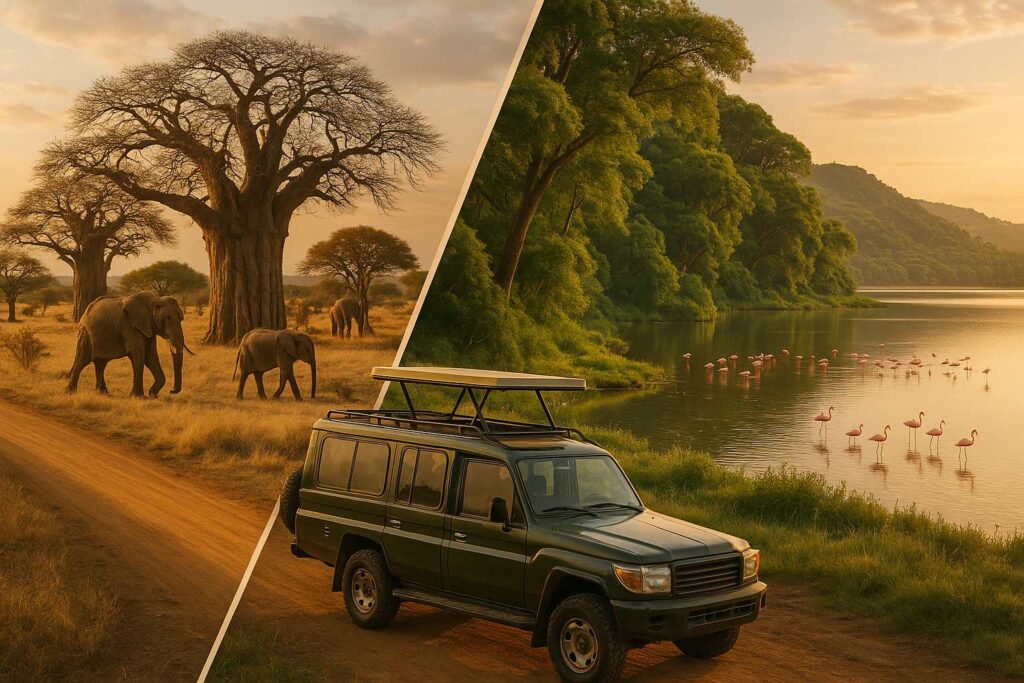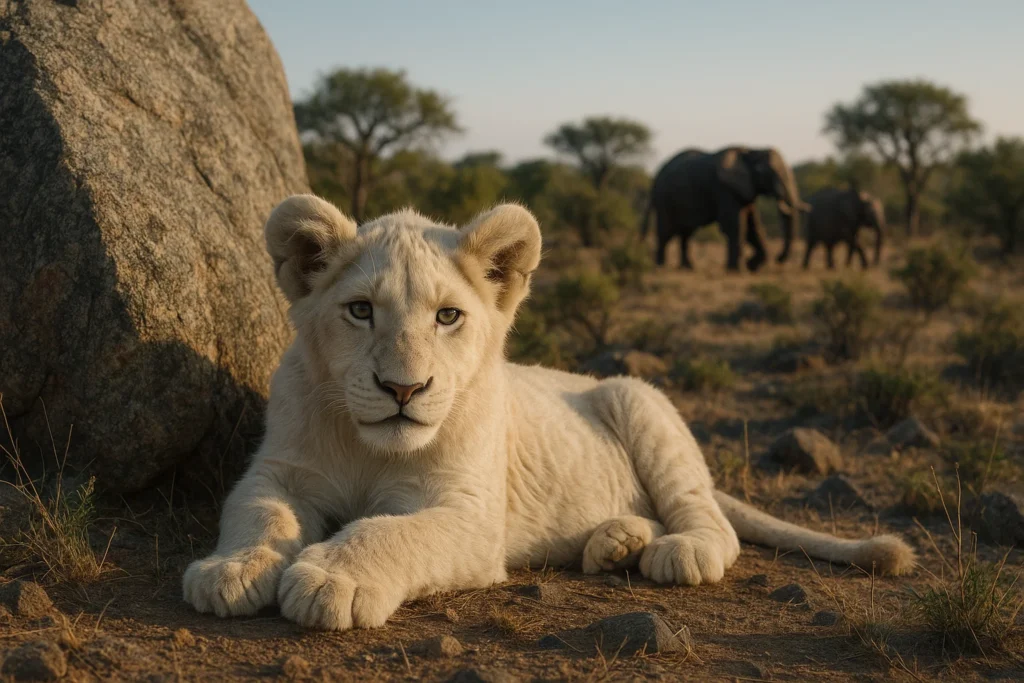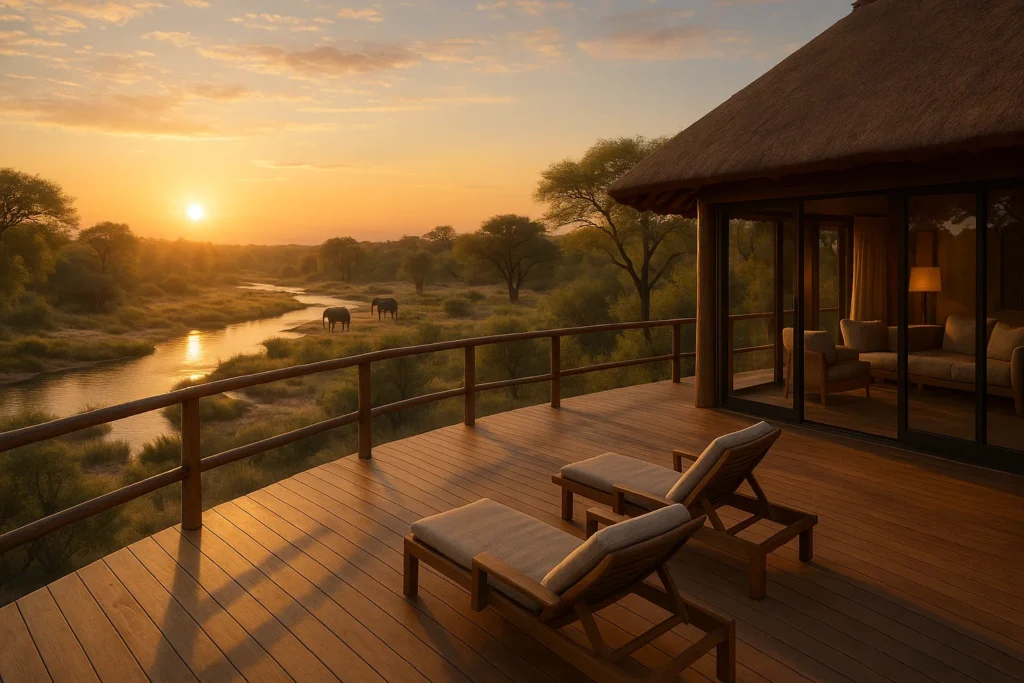Planning a northern Tanzania safari and can only pick one park between Lake Manyara and Tarangire? You’re not alone. Both parks are within easy reach of Arusha and often appear on similar itineraries. Yet they offer distinct landscapes, wildlife experiences, and travel vibes. Here’s a practical comparison to help you decide which park better fits your safari dreams.
Landscapes: groundwater forest vs. baobab-studded savanna
Lake Manyara is known for its lush, evergreen groundwater forest, sustained by natural springs year-round. As you enter, you’re surrounded by fig trees, mahoganies, and babbling streams—a jungle-like contrast to typical East African savannas. The park also features a shimmering alkaline lake and views of the Great Rift escarpment.
Tarangire, on the other hand, is all about the classic African landscape: rolling savanna, tall termite mounds, seasonal rivers, and majestic baobab trees. The scenery is open, wide, and dramatic, especially during the dry season when the park turns golden and wildlife concentrates near the Tarangire River.
Wildlife experience: tree-climbing lions vs. elephant herds
Lake Manyara is famously home to tree-climbing lions, a rare behavior seen in only a few places in Africa. It’s also excellent for spotting baboons, hippos, and colorful birdlife around the lake.
However, Manyara is a small park, and wildlife sightings can be hit-or-miss outside the wet season. During heavy rains, large mammals often migrate to higher ground, leaving the lake shores quieter.
Tarangire shines for its large elephant herds, especially between June and October, when thousands gather near the river. It also hosts lions, leopards, buffalo, giraffes, and diverse antelope species. With fewer crowds than the Serengeti or Ngorongoro, Tarangire often offers a more intimate safari experience.
Accessibility and recommended duration
Both parks are easily accessed from Arusha:
- Lake Manyara: ~2 hours drive
- Tarangire: ~2.5 to 3 hours drive
Lake Manyara can be comfortably visited in half a day to one full day. Its compact size makes it ideal for express safaris or travelers with tight schedules.
Tarangire deserves at least one full day, preferably two, especially in dry season when wildlife concentrations are high. The park is much larger, and drives can take longer due to its expansive terrain.
How they combine with other parks
- Lake Manyara is a natural stop en route to the Ngorongoro Crater and Serengeti. Its compact size makes it ideal as a soft start to a multi-day safari.
- Tarangire pairs well with Ngorongoro and adds variety to an itinerary with its drier climate and elephant focus. It also works great at the start or end of a loop.
Both parks are part of the popular Northern Circuit and can be combined with others depending on your route and available time.
Best park for…
Families with kids
Lake Manyara wins for short drives, picnic areas, and easily spotted primates. It’s less demanding and great for first-time young safari-goers.
Wildlife photographers
Tarangire takes the edge, thanks to dramatic baobab backdrops, golden-hour elephant encounters, and less crowded sightings.
Birdwatchers
Lake Manyara is a paradise, home to over 400 bird species, including flamingos, pelicans, and kingfishers. The lake and forest provide great diversity in a compact area.
Travelers on a tight schedule
Lake Manyara is better for half-day safaris or when time is very limited. It’s also closer to Arusha and has more developed infrastructure for quick visits.
Dry season safari lovers (June–October)
Tarangire is ideal. This is when it offers some of the best game viewing in the region, with elephants gathering in huge numbers near dwindling water sources.
Conclusion
Choosing between Lake Manyara and Tarangire isn’t about which is better—it’s about which is better for you. If you want an accessible, bird-rich, forest safari with unique species like tree-climbing lions, Lake Manyara is a rewarding pick. If you’re after iconic African scenery, elephants galore, and fewer crowds, Tarangire might be your dream destination.
Still undecided? Consider visiting both—each brings a distinct flavor to your Tanzania safari experience.
For more tailored safari comparisons and planning tips, keep exploring our blog.
FAQs
Yes, especially during the wet season, although their presence varies based on water levels and food availability.
Wildlife is more dispersed during the wet season, but birdwatching is excellent and the park is lush and green.
Tarangire generally sees fewer tourists than Lake Manyara, especially in the shoulder seasons.
Most guided safaris use 4x4s, and they’re recommended, especially in Tarangire during the rainy season.
Walking safaris are available in Tarangire with certified guides. Lake Manyara offers some walking experiences but they are more limited.
Yes, they are popular stops on the northern route, often combined with Ngorongoro and Serengeti.
Yes, both offer lodges and campsites inside or just outside the gates, ranging from budget to luxury.
Yes, particularly in Tarangire. Wearing neutral-colored clothing and using repellent helps minimize bites.
Its groundwater forest, large baboon troops, tree-climbing lions, and compact layout ideal for short visits.
Massive elephant herds, scenic baobabs, and a true off-the-beaten-track feel during peak wildlife months.






